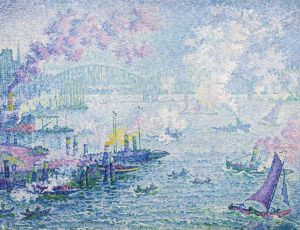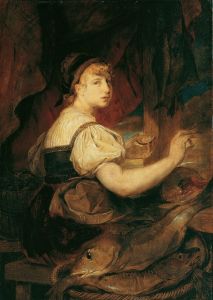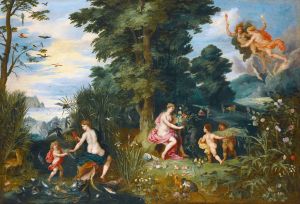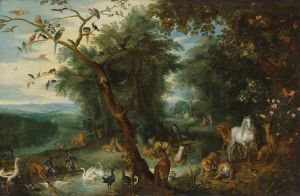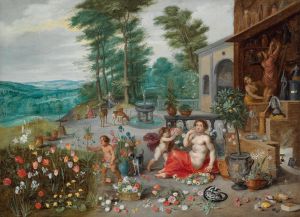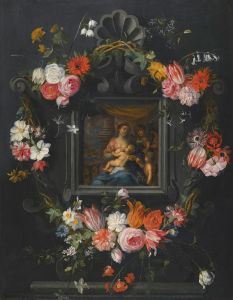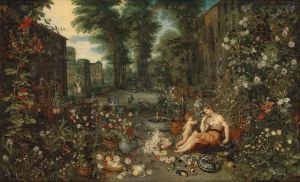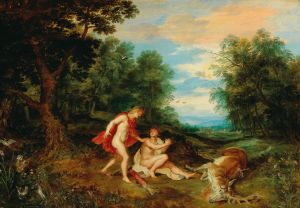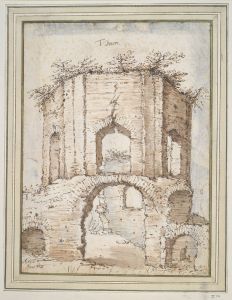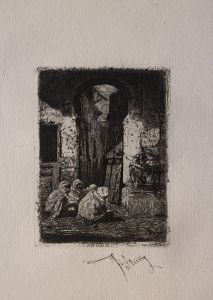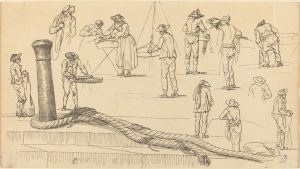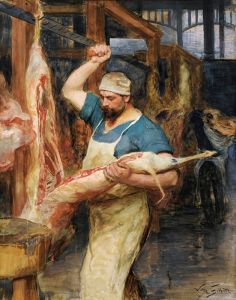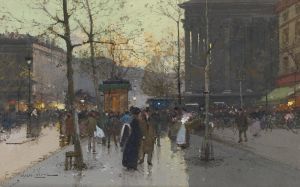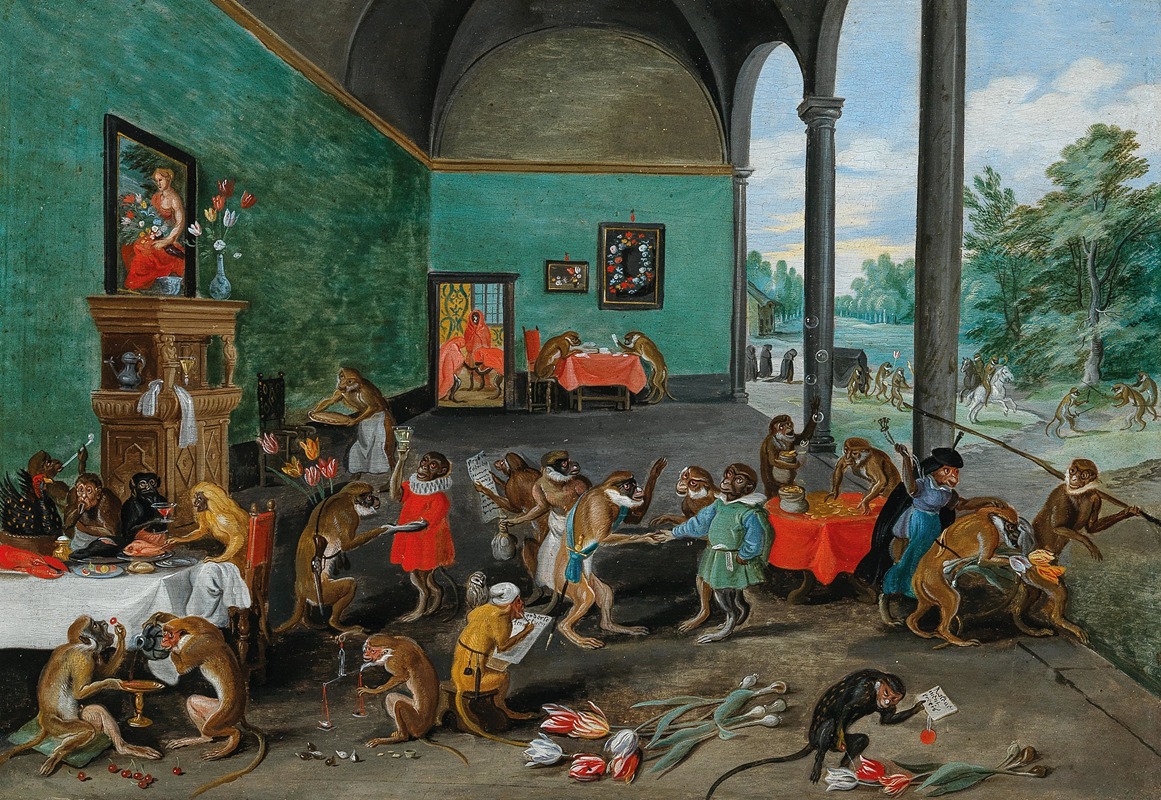
An Allegory of Tulipomania
A hand-painted replica of Jan Brueghel the Younger’s masterpiece An Allegory of Tulipomania, meticulously crafted by professional artists to capture the true essence of the original. Each piece is created with museum-quality canvas and rare mineral pigments, carefully painted by experienced artists with delicate brushstrokes and rich, layered colors to perfectly recreate the texture of the original artwork. Unlike machine-printed reproductions, this hand-painted version brings the painting to life, infused with the artist’s emotions and skill in every stroke. Whether for personal collection or home decoration, it instantly elevates the artistic atmosphere of any space.
"An Allegory of Tulipomania" is a painting attributed to Jan Brueghel the Younger, a Flemish Baroque painter known for his detailed and vibrant works. Jan Brueghel the Younger was born in 1601 in Antwerp, into a family of artists. He was the son of Jan Brueghel the Elder and the grandson of Pieter Bruegel the Elder, both of whom were renowned painters. Jan Brueghel the Younger continued the family tradition, producing works that often featured allegorical themes, landscapes, and still lifes.
The painting "An Allegory of Tulipomania" is believed to depict the phenomenon of Tulip Mania, a period during the Dutch Golden Age when the prices of tulip bulbs reached extraordinarily high levels before dramatically collapsing. This economic bubble is often considered one of the first recorded speculative bubbles in history. Tulip Mania occurred in the early 17th century, primarily in the Netherlands, and has since become a symbol of the dangers of speculative investing.
In the painting, Brueghel uses allegory to comment on the absurdity and folly of the tulip craze. The artwork likely features anthropomorphized animals, a common technique in Brueghel's work, to satirize human behavior. These animals may be depicted engaging in activities related to the buying and selling of tulips, highlighting the irrationality and greed that characterized the period. The use of animals to represent human traits and behaviors was a popular method in Flemish art, allowing artists to critique society while entertaining viewers.
Jan Brueghel the Younger's style is characterized by meticulous attention to detail and vibrant use of color, both of which are likely evident in "An Allegory of Tulipomania." His works often include intricate compositions with numerous figures and elements, inviting viewers to explore the scene and discover its deeper meanings. The painting would have been created using oil on panel or canvas, typical of the period and region.
While specific details about "An Allegory of Tulipomania" are limited, the painting fits within the broader context of Brueghel's oeuvre and the artistic trends of the time. Flemish painters of the 17th century frequently engaged with themes of morality, human folly, and the natural world, often using allegory to convey their messages. Brueghel's work reflects these interests, combining technical skill with a keen eye for social commentary.
The painting serves as both a historical document and a piece of artistic expression, capturing the zeitgeist of the Dutch Golden Age and the peculiar episode of Tulip Mania. Through his allegorical approach, Jan Brueghel the Younger provides insight into the economic and cultural dynamics of his time, offering a timeless reflection on the nature of human behavior and the consequences of speculative excess.





